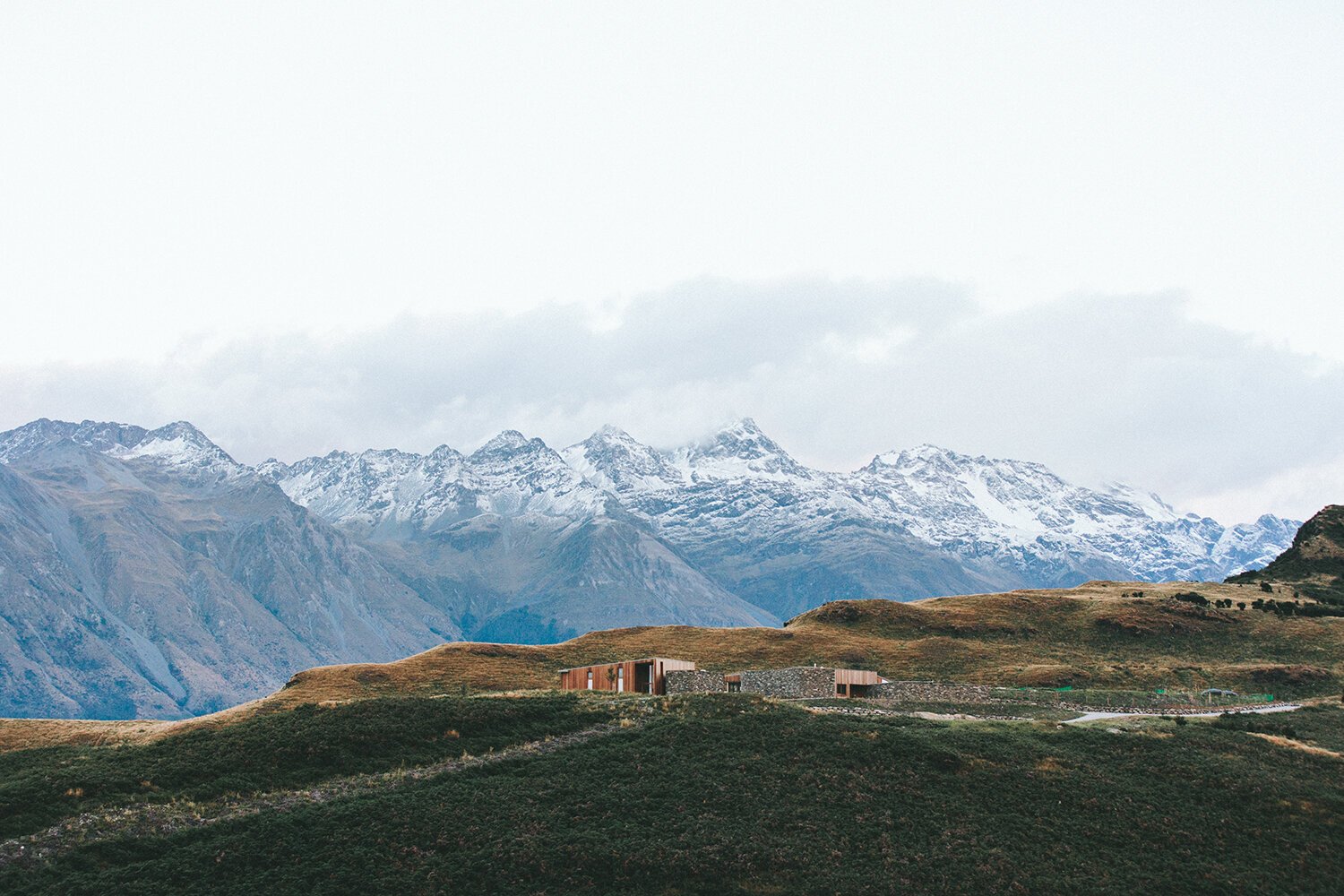
Anticipating Disruption
If we believe that we are headed for disaster in, say, two years,
‘What would we wish we had been doing?’
This question dominated the landscape as the PROUT Institute discussed, at length, the future of our communities and our economy at large.
A Cautionary Tale
In September 2020 wildfires devastated Blue River, Oregon. 768 structures burned to the ground. Of those, 160 were sold to people who wanted second homes on the McKenzie River, and, for months, citizens who lived and worked there were living in their trucks. Building codes for new home construction meant to raise living standards were obstacles to rebuilding homes that enjoyed grandfathered allowances. Resources needed far outstripped the resources available from FEMA and the tax base.
Blue River contacted Clare Strawn of the Prout Institute and co-chair of the River Road Community Organization, to help them with the formation of a neighborhood organization some 18 months after Recovery efforts were well underway.
In light of this, the Prout Institute embarked on a project to facilitate Community-Driven Recovery and Transition. In 2022, The New Era Convergence met with progressive thinkers from around the Pacific Northwest. Out of that gathering came a defined set of values – equity, inclusion, regeneration, cooperation, and localization.
So we asked: If disaster struck, how can we rebuild in ways so that our new community reflects the values of our community?
So What Is CDRT?
Community-Driven Recovery and Transition (CDRT) is a response to the recognition that an exponential increase in climate crises is inevitable. In order for a community to rebuild in a way that is consistent with their values and become resilient in the face of further changes, an exercise that brings the community together before a disaster strikes to envision that future is critical. CDRT is that exercise.
Communities evaluate and design what’s best for them based on shared values.
What We Believe In
Regenerative
The practices that we engage in should be regenerative. Trees should be replanted, seeds kept and stored, and the efforts of the people be based around creating a space that will function better and better as time goes on rather than despoiling or wearing out.
Localized
We believe that the future is local. That societies and communities work best when you know the people that you live with and their successes and challenges matter to you.
Inclusive
Local is not good enough, community is the goal. And not just any community, but communities where all people feel welcome and able to contribute. Too long have Western Societies propped up one group by putting down another. We endeavor to make our spaces safe and to make those changes public.
Cooperative
We value the importance of working together and collaborating towards a common goal. It is important to us that teamwork and mutual support be the element that drives our outcomes as opposed to “every man for himself“. Ideal societies promote sharing, communication, and respect for others' ideas and perspectives.
Equitable
We intend to be equitable, valuing fairness and impartiality in the treatment of all. Everyone should be given equal opportunities and resources to achieve their goals, regardless of their background or circumstances. In essence, we seek to level the playing field and address any existing disparities or biases.
No, Really, What is CDRT?
A CDRT project identifies a SCENARIO and breaks it down into SECTORS, areas that need to be addressed to create a values-based society. SECTORS are staffed with ANCHORS who are tasked with developing a FRAMEWORK that is split into PHASES with the help of CONTENT EXPERTS. The scope and specificity of your project will be determined by how many ANCHORS participate and in what SECTORS.
Scenarios
A plausible and realistic future event that poses an existential threat to the community, catastrophic enough to force local authorities hands with permanent enough effects such that a ‘new normal’ becomes likely.
Sectors
These are the fields of operation used to define the scope of the project.
Anchors
These people take the accountability to produce a framework in their respective sector. These are the project managers for a given sector.
Phases
Phase 0: Pre-Disaster ( Resilience )
Phase 1: Disaster Event ( Response )
Phase 2: Emergency ( Relief )
Phase 3: Near Term ( Stabilization )
Phase 4: Long Term ( Transition ) ( New Normal )
Content Experts
Content Experts. Individuals of interest instrumental in understanding systems, the pressures on them, and how change functions through them. We seek those with vision and imagination to contribute to a framework.
Frameworks
Plans outlining changes and the ripple effects of a disaster across phases. This is not simply the response but the ways in which the models should change to bring about the values that the community believes in.
We urge you to start your own CDRT project. To imagine a future where sustainability isn't just a buzzword but a way of life, where regenerative practices replenish our environment, and localized initiatives strengthen the bonds of our communities. In this future, inclusivity is not just an aspiration but a reality, where diversity is celebrated, and equity is the foundation upon which we build.
Join the Transition
Take the first step towards shaping a resilient future for your community. Book a consultation with us to explore how CDRT can empower your community to proactively navigate challenges and seize opportunities for positive change.



